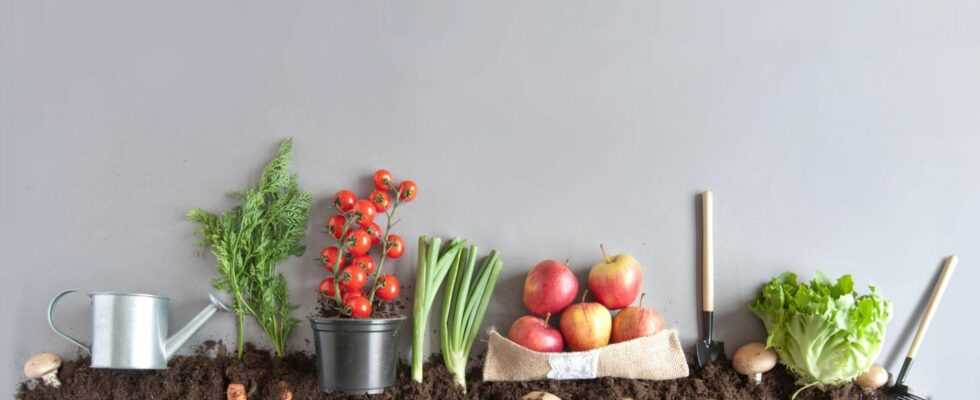Mixed cultures in the garden
Who goes with whom in the bed?
© Pixelbliss / Shutterstock
Not all types of vegetables get along when planted next to each other. Even in the garden there are good and bad neighbors. We deliver a listing of best friends in the bed.
Whether in raised beds, on the balcony or in the garden – growing your own vegetables is trendy. The range of vegetable seeds and plants in garden centers is huge. Anyone who falls into a buying spree at this sight and reaches for the shelf without thinking twice usually chooses popular varieties such as tomatoes, radishes or peppers.
When they get home, the seeds and plants are enthusiastically planted in the ground. We sow and plant what tastes good and pleases us and quickly forget to pay attention to the needs of the individual plants. Because not all plants are mutually green. Even in nature, only things that belong together and complement each other grow together.
Hobby gardeners should plan the vegetable patch carefully so that there are no disputes among the plants about sunlight, water, space and nutrients. Because the right order in the bed not only makes gardening easier in the long term, but also rewards you with healthy plants and a rich harvest.
The magic word is “mixed culture”
When composing a bed, hobby gardeners should consider various factors. In addition to location preferences, these include above all the space and nutrient requirements of a plant and its roots, the root excretions and the scent of neighboring plants.
In order to use positive influences, it depends on the right crop rotation and good neighborliness. Some plants can use their biological potential together, enter into profitable symbioses and even protect each other from pests. The sowing and plants must therefore be mixed in an optimal way – one therefore also speaks of a mixed culture.
Mixed cultivation is not a modern invention, but a completely natural occurrence that intelligent gardeners can take advantage of. Because in contrast to the great outdoors, in which certain “living communities” develop all by themselves over time, in the garden the:the gardener:in determines the juxtaposition of the plants. We give an overview of good and bad neighbors in the bed.
Onions like carrots, potatoes should stay away
Fortunately, the number of bad neighbors for vegetable crops is not very large. If you avoid combinations of peas and onions, keep cucumbers and radishes apart and separate tomatoes and potatoes, you are doing a lot right. Neighborhoods of vegetable plants and herbs are often very useful.
The following list reveals the best bedding partners for common vegetables.
- aubergine: beans, radishes, lettuce
- cauliflower: Broccoli, endive, peas, cucumber, lettuce, chard, bell pepper, celery
- cucumber: basil, fennel, cabbage, garlic, rhubarb, onion
- potatoes: Nasturtium, Cabbage, Lavender, Horseradish, Spinach
- garlic: Cucumber, carrots, peppers, beetroot, tomatoes
- Leek: endive, peas, cabbage, lettuce, peppers, parsley, zucchini
- carrots: garlic, rosemary, chives, tomatoes, onions
- paprika: broccoli, French beans, cabbage, carrots, parsley, tomatoes
- radish: Peas, cabbage, lettuce, parsley, spinach, tomato, savoy cabbage
- spinach: cauliflower, broccoli, garlic, turnip greens, radishes, onions
- tomatoes: basil, garlic, parsley, rosemary, chives
- zucchini: Leek, corn, chard, beetroot, tomato, onion
- onions: basil, strawberries, cucumber, garlic, carrots, spinach
by the way: When planting a mixed culture, straight rows are not absolutely necessary. For example, if you still have space in the bed between two tomato plants, you can simply plant some basil or parsley in between.
This article first appeared on geo.de.
